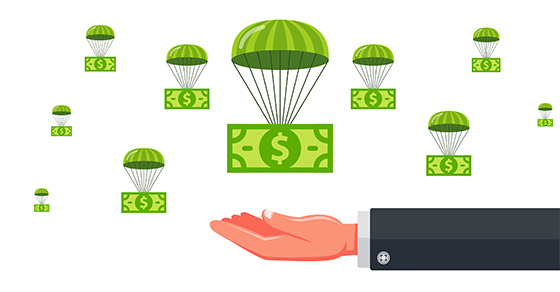
Many people are more concerned about their 2022 tax bills right now than they are about their 2023 tax situations. That’s understandable because your 2022 individual tax return is due to be filed in a few weeks (unless you file an extension). However, it’s a good time to familiarize yourself with tax amounts that may have changed for 2023. Due to inflation, many amounts have been raised more than in past years. Here is a Q&A about limits on individual taxes for this year.
Note: Not all tax figures are adjusted annually for inflation and some amounts only change when new laws are enacted.
Itemizing Deductions for 2023
I didn’t qualify to itemize deductions on my last tax return. Will I qualify for 2023?
In 2017, a law was enacted that eliminated the tax benefit of itemizing deductions for many people by increasing the standard deduction and reducing or eliminating various deductions. For 2023, the standard deduction amount is $27,700 for married couples filing jointly (up from $25,900). For single filers, the amount is $13,850 (up from $12,950) and for heads of households, it’s $20,800 (up from $19,400). If the amount of your itemized deductions (including mortgage interest) is less than the applicable standard deduction amount, you won’t itemize for 2023.
Contribution Regulations
How much can I contribute to an IRA for 2023?
If you’re eligible, you can contribute $6,500 a year to a traditional or Roth IRA, up to 100 percent of your earned income. (This is up from $6,000 for 2022.) If you’re 50 or older, you can make another $1,000 “catch-up” contribution (for 2023 and 2022).
401(k) or 403(b) Contributions
I have a 401(k) plan through my job. How much can I contribute to it?
In 2023, you can contribute up to $22,500 to a 401(k) or 403(b) plan (up from $20,500 in 2022). You can make an additional $7,500 catch-up contribution if you’re age 50 or older (up from $6,500 in 2022).
FICA Tax Questions
I periodically hire a cleaning person. Do I have to withhold and pay FICA tax on the amounts I pay them?
In 2023, the threshold when a domestic employer must withhold and pay FICA for babysitters, house cleaners, etc. who are independent contractors is $2,600 (up from $2,400 in 2022).
Social Security Tax
How much do I have to earn in 2023 before I can stop paying Social Security on my salary?
The Social Security tax wage base is $160,200 for this year (up from $147,000 last year). That means that you don’t owe Social Security tax on amounts earned above that. (You must pay Medicare tax on all amounts that you earn.)
Charitable Deductions for 2023
If I don’t itemize, can I claim charitable deductions on my 2023 return?
Generally, taxpayers who claim the standard deduction on their federal tax returns can’t deduct charitable donations. For 2020 and 2021, non-itemizers could claim a limited charitable contribution deduction. Unfortunately, this tax break has expired and isn’t available for 2022 or 2023.
Gift Tax Return
How much can I give to one person without triggering a gift tax return in 2023?
The annual gift exclusion for 2023 is $17,000 (up from $16,000 in 2022).
Only the Beginning
These are only some of the tax amounts that may apply to you. If you have questions or need more information about 2023 limits on individual taxes, the tax professionals at Ramsay & Associates can help. Contact us today.






